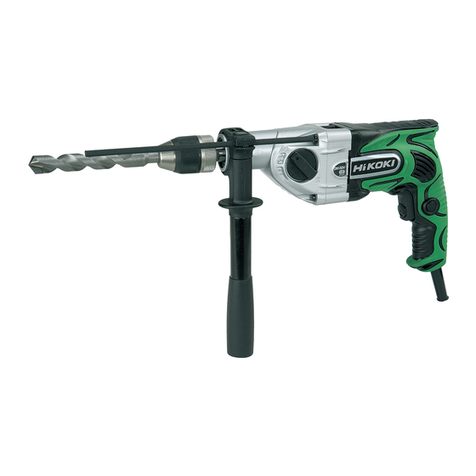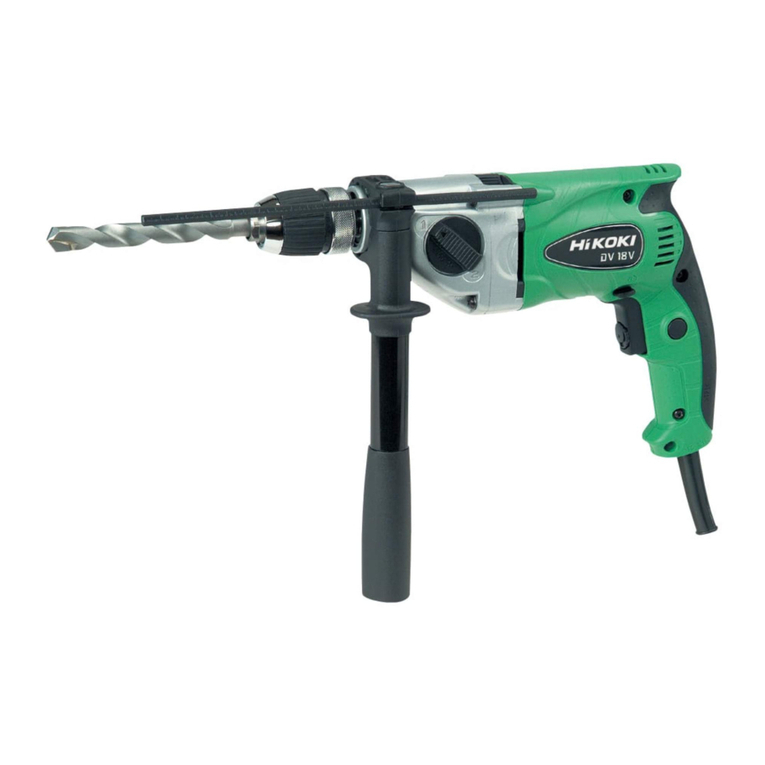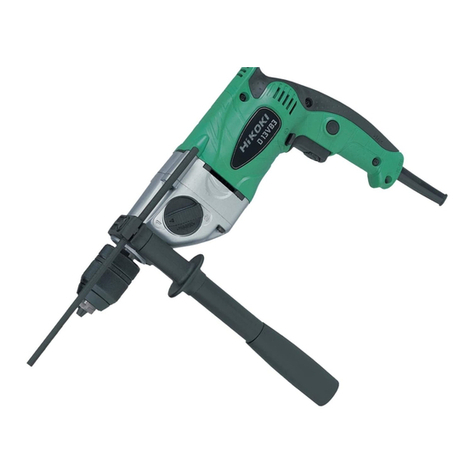HIKOKI DS 7DF User manual
Other HIKOKI Drill manuals
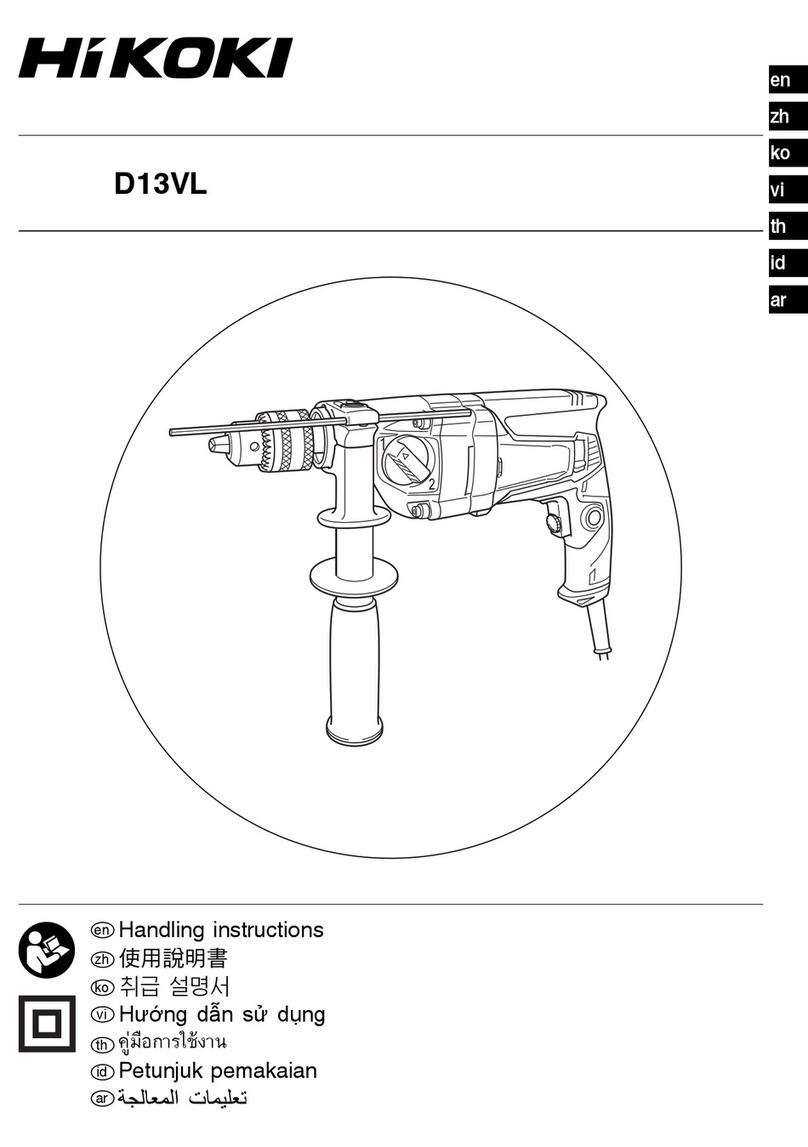
HIKOKI
HIKOKI D 13VL User manual
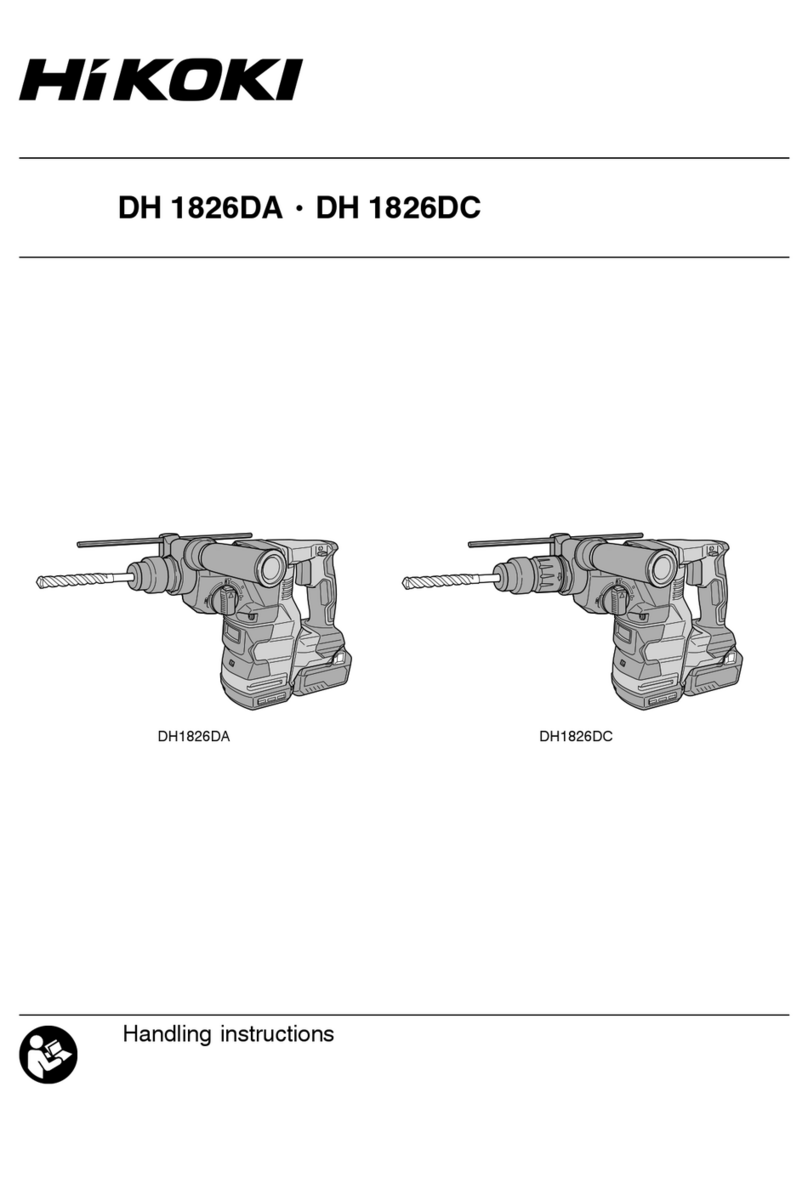
HIKOKI
HIKOKI DH 1826DA User manual
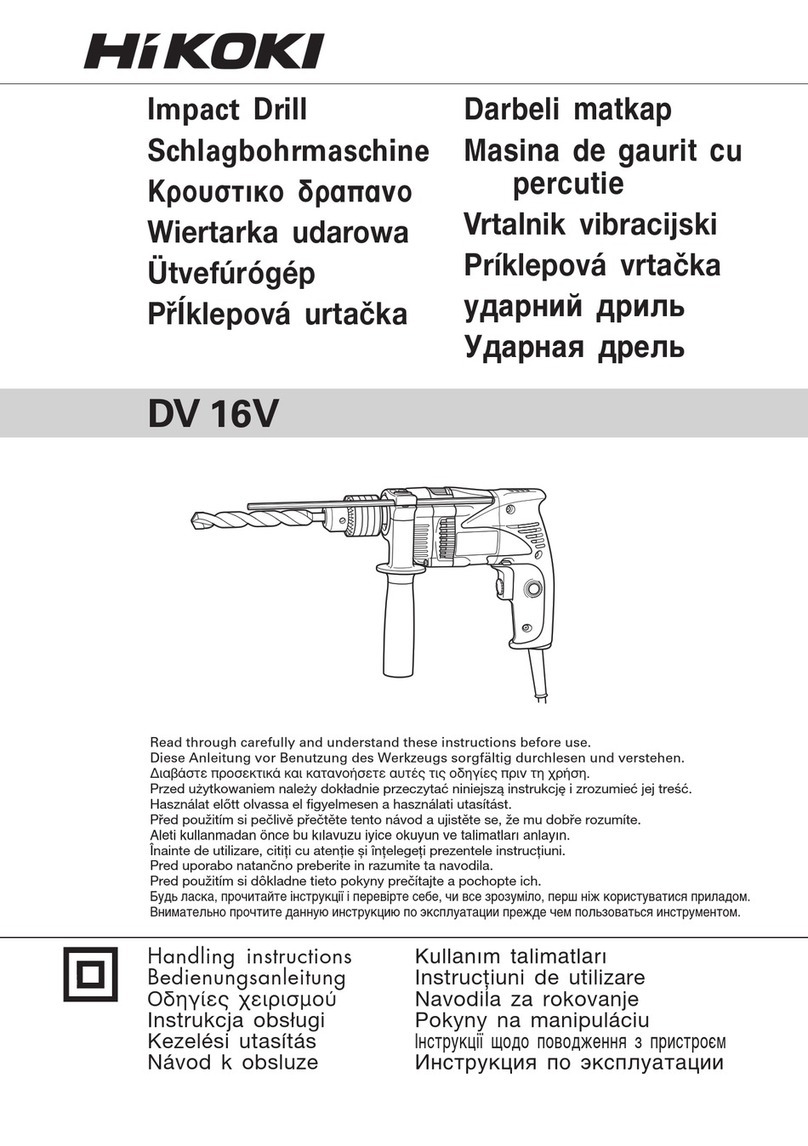
HIKOKI
HIKOKI DV 16V User manual
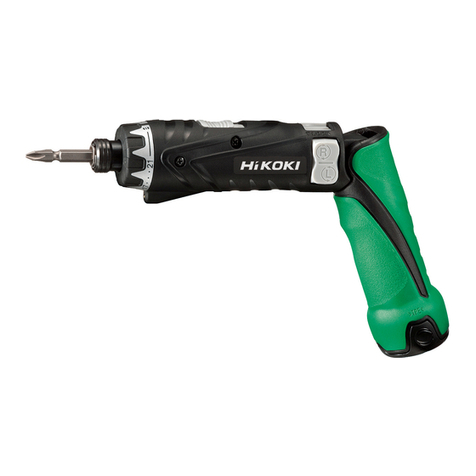
HIKOKI
HIKOKI DB 3DL2 User manual
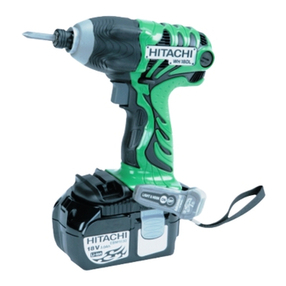
HIKOKI
HIKOKI WH 14DL2 User manual
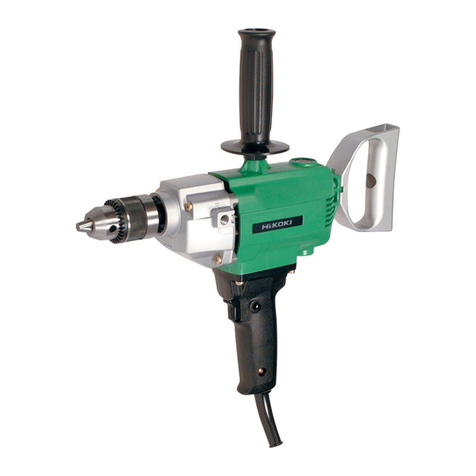
HIKOKI
HIKOKI D13 User manual
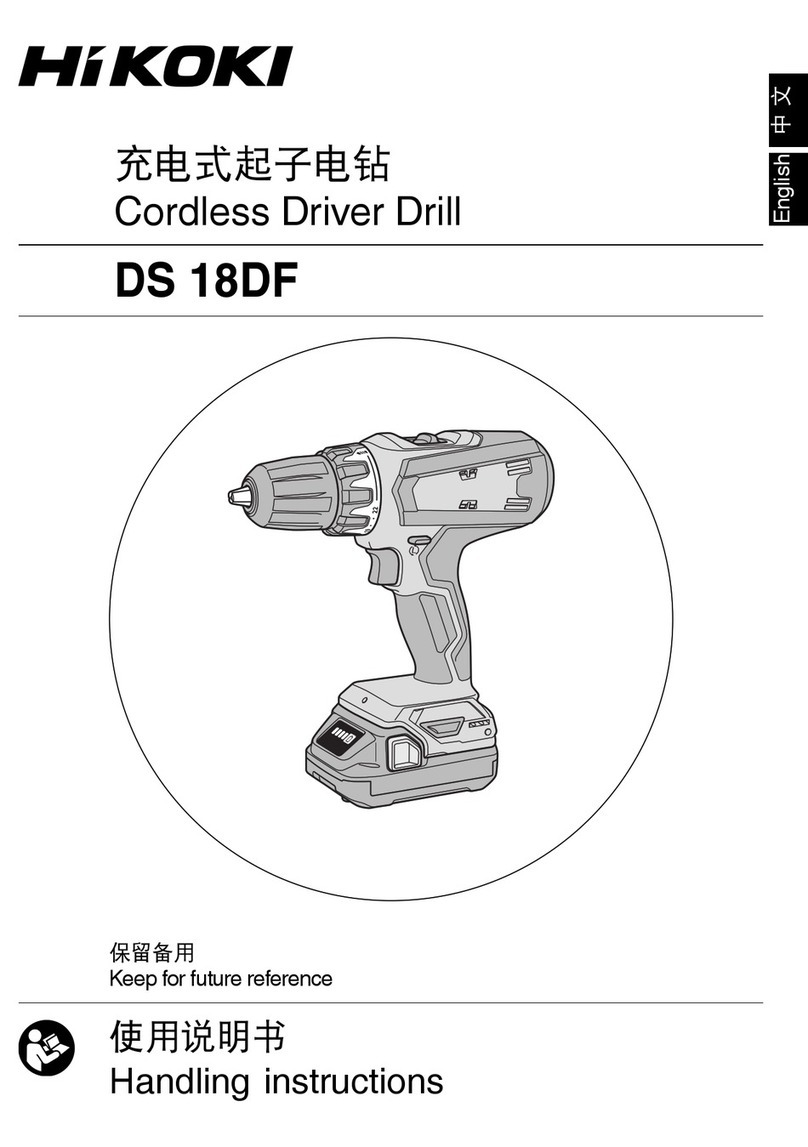
HIKOKI
HIKOKI DS18DF User manual
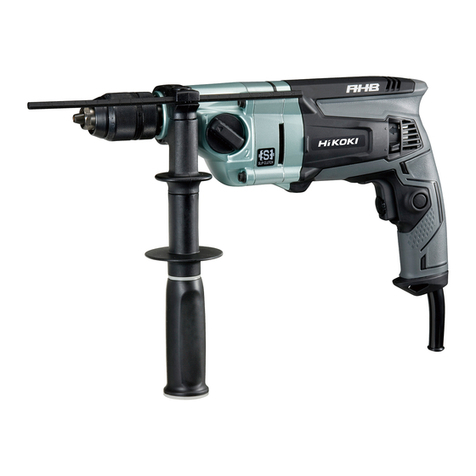
HIKOKI
HIKOKI D 13VL User manual
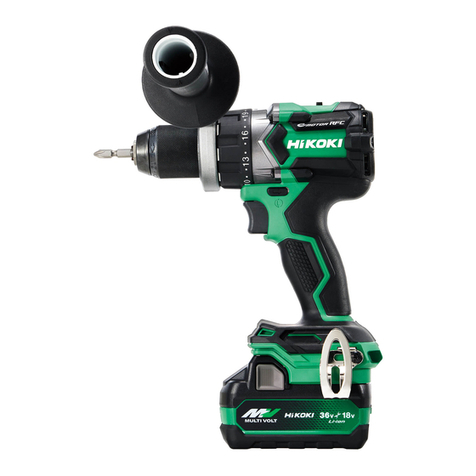
HIKOKI
HIKOKI DS18DC User manual
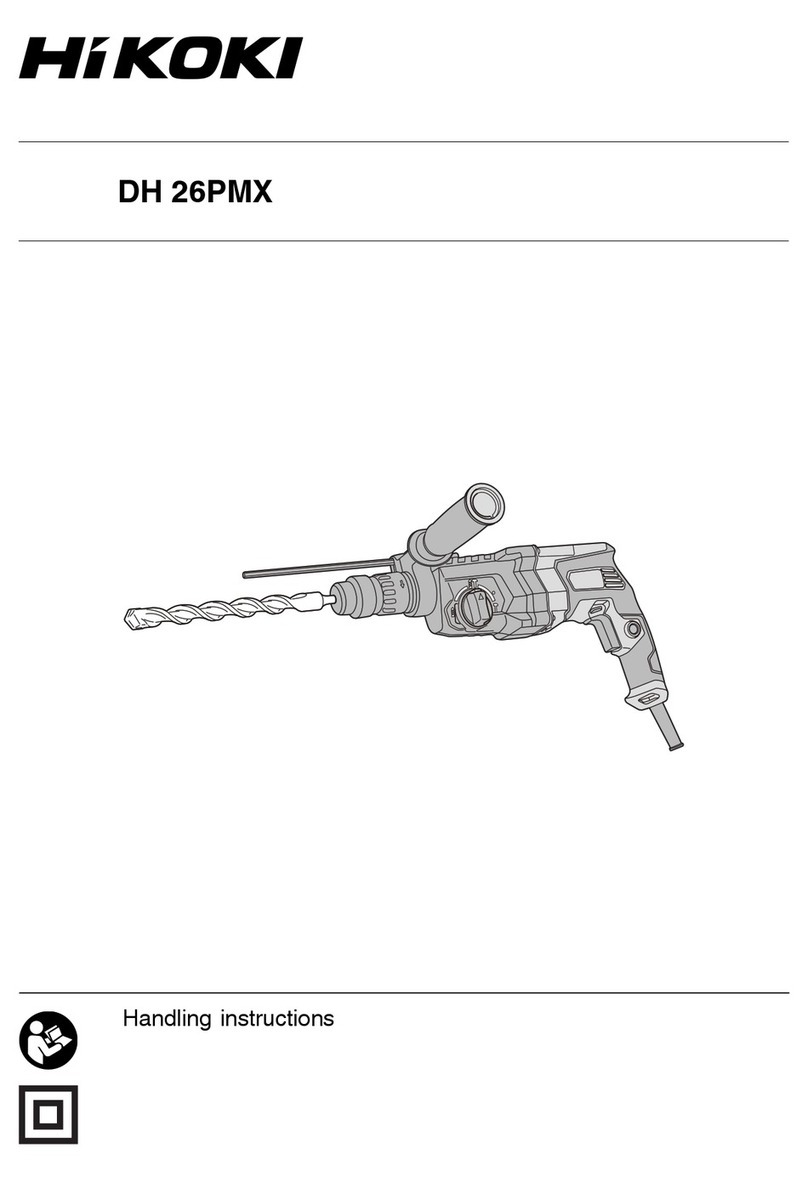
HIKOKI
HIKOKI DH 26PMX User manual
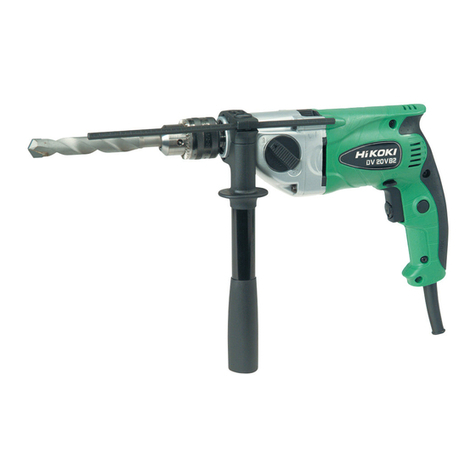
HIKOKI
HIKOKI DV 20VB2 User manual
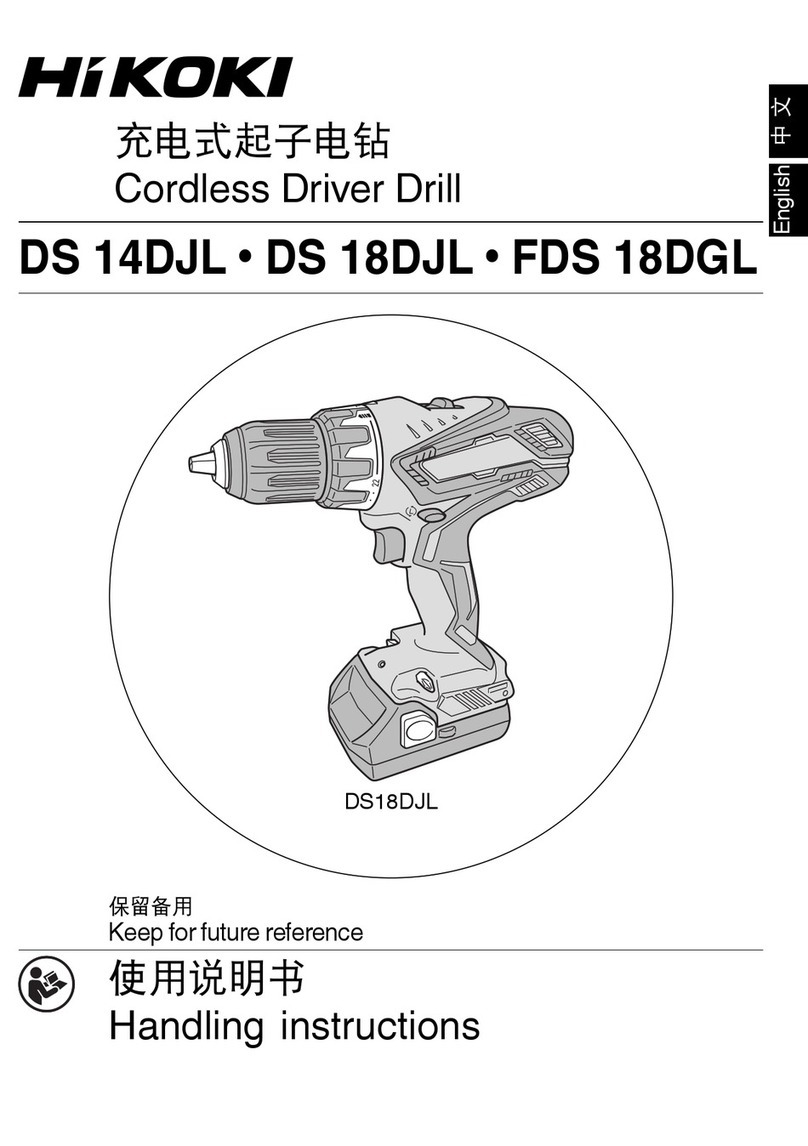
HIKOKI
HIKOKI FDS 18DGL User manual

HIKOKI
HIKOKI D 10VF User manual
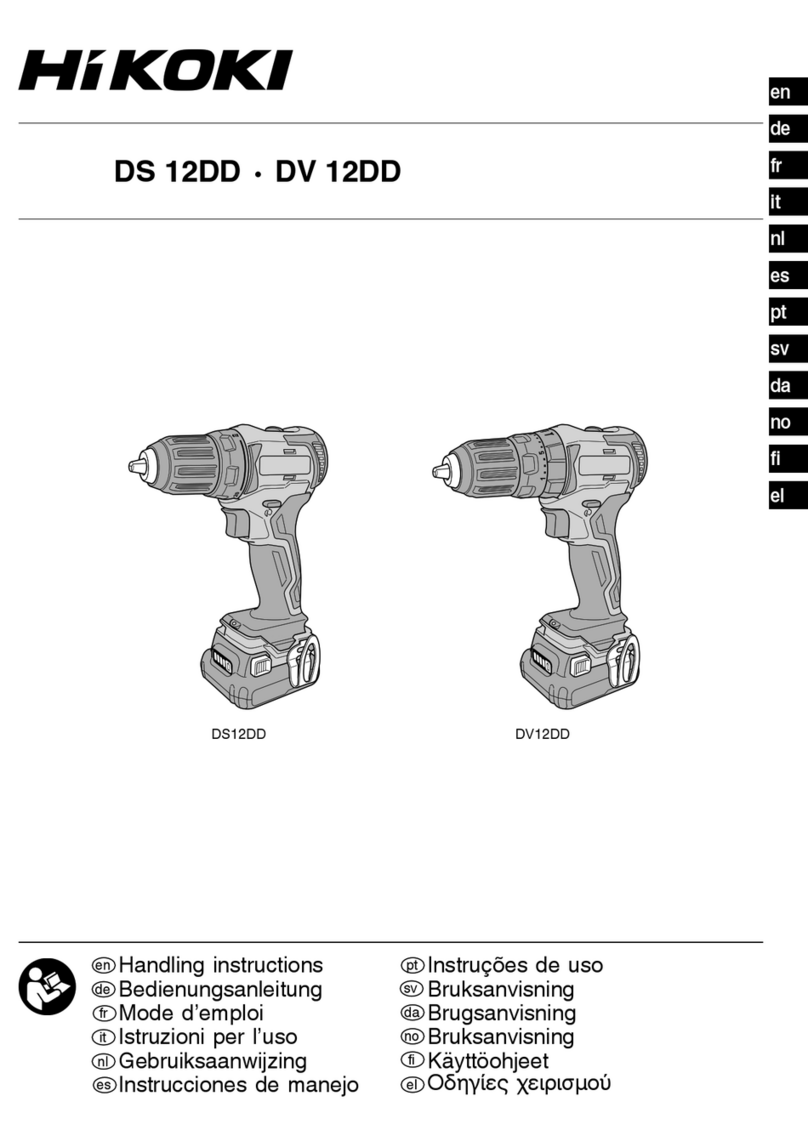
HIKOKI
HIKOKI DV 12DD User manual
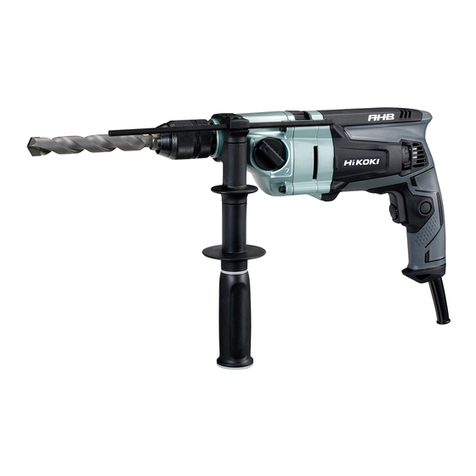
HIKOKI
HIKOKI DV 22V User manual
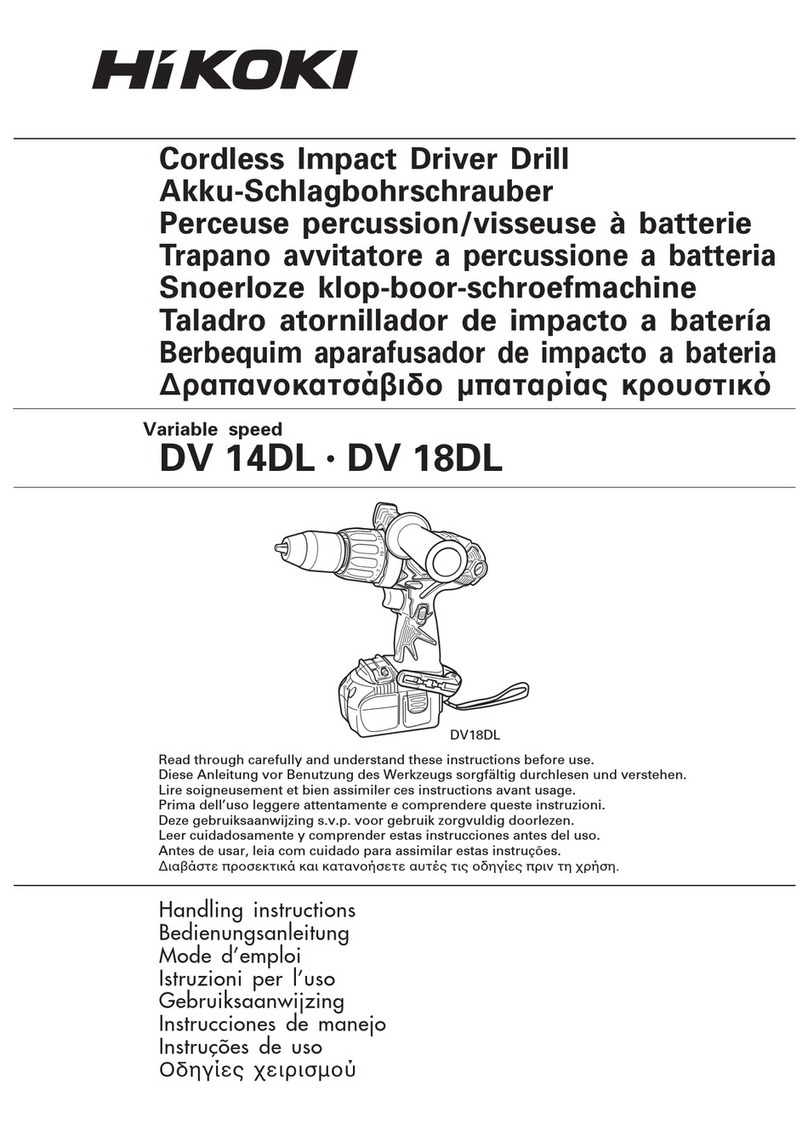
HIKOKI
HIKOKI DV 18DL User manual
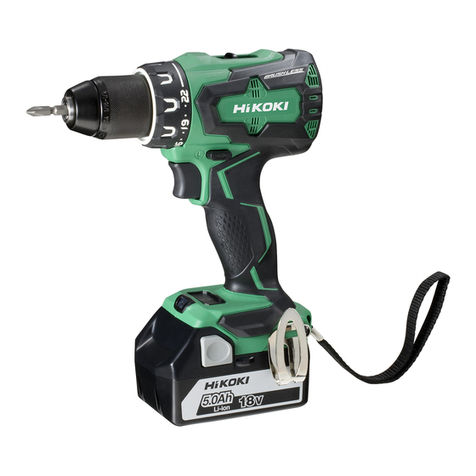
HIKOKI
HIKOKI DS 14DBSL User manual

HIKOKI
HIKOKI D 6VA User manual
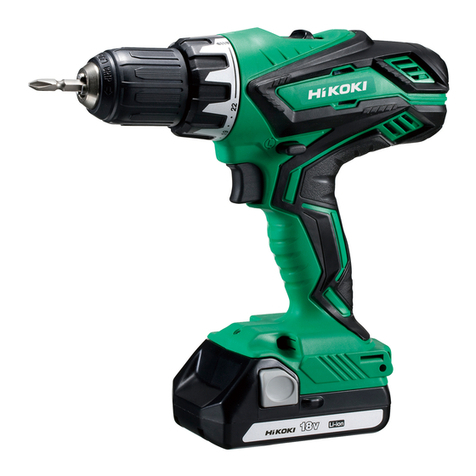
HIKOKI
HIKOKI DS 18DJL User manual

HIKOKI
HIKOKI DV 14DJL User manual
